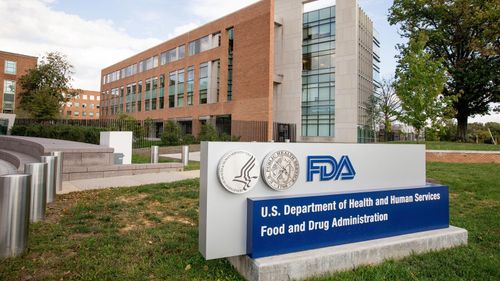2025 Pollen Season Expected to Be Severe, Triggering Worsened Allergy Symptoms
Articles
Summary
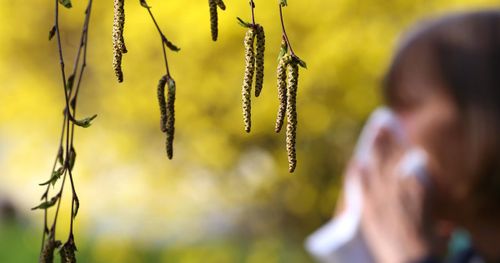
Redirecting to https://www.cbsnews.com/news/allergy-season-cities-2025/
The report ranks the top 100 U.S. cities based on pollen levels, over-the-counter allergy medication use and access to allergists. For three years in a row, Wichita, Kansas, ranks as the most challenging city for pollen allergies. Cities in the South and East are among the hardest hit.
Left
CBS News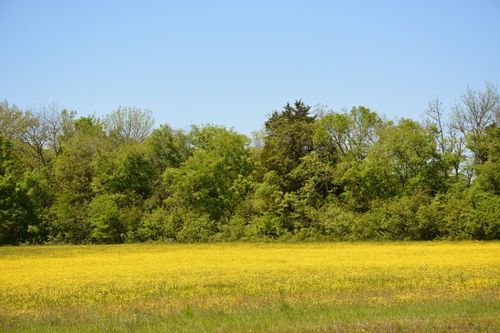
Allergy forecast for the US in 2025
Pollen levels are on the rise across the United States as warm spring weather spreads across the country. And AccuWeather meteorologists warn one area could face a "dual peak" of allergens this year.
Middle
AccuWeather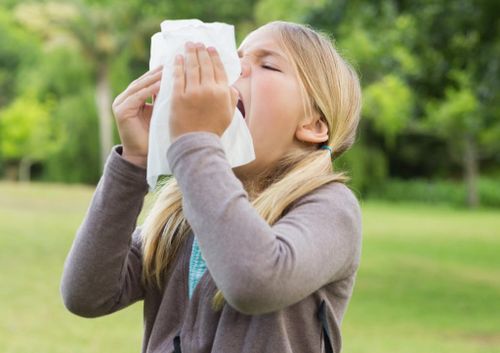
Spring allergy season is here — minimize symptoms with this doctor-approved tool kit
When you breathe in pollen, your immune system releases histamine and other inflammatory mediators, triggering common allergy symptoms. Unlike a cold, which typically clears up in a couple of weeks, allergies can last much longer, often starting with a runny nose and progressing to nasal congestion, sinusitis, fatigue and headaches.
Right
New York Post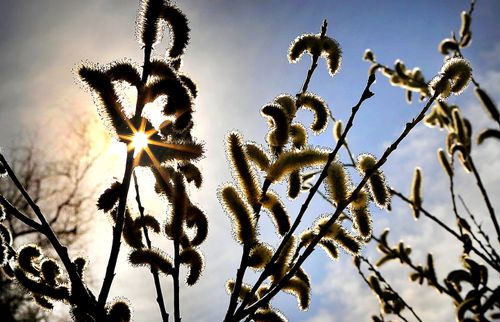
Warmer weather could mean an early start for pollen season this year - The Boston Globe
Pollen season is starting earlier and ending later as a result of our warmer climate. In a mild winter, the pollen season can actually start in February. Red maple birch and willow are but some of the sources putting out tiny pollen grains. Ash, elm, oak and eventually pine also get into the act.
Left
Boston Globe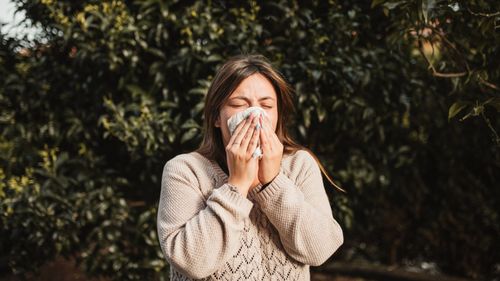
Warning to millions with hayfever as Met Office issues ‘very high’ pollen alert
High levels of alder pollen are likely to continue for another week. Wales, South East England, and both the East and West Midlands are set to encounter a high risk of birch pollen. The grass pollen season is still some weeks off, but experts say tree pollen season can start as early as January.
Right
The SunHEALTH
FDA Approves First At-Home Cervical Cancer Screening as an Alternative to the Pap Smear
Updated: 21 hours ago
Articles
Summary
HEALTH
Trump's FDA Approves 3 Natural Food Colors Amid Push to Eliminate Artificial Food Dyes
Updated: 24 hours ago
Articles
Summary
HEALTH
Trump Nominates MAHA Influencer Dr. Casey Means to Serve as Surgeon General
Updated: 2 days ago
Articles
Summary
HEALTH
HHS Launches Autism Research Initiative Using Medicare and Medicaid Data, RFK Jr. Announces
Updated: 2 days ago
Articles
Summary
Articles
Summary







